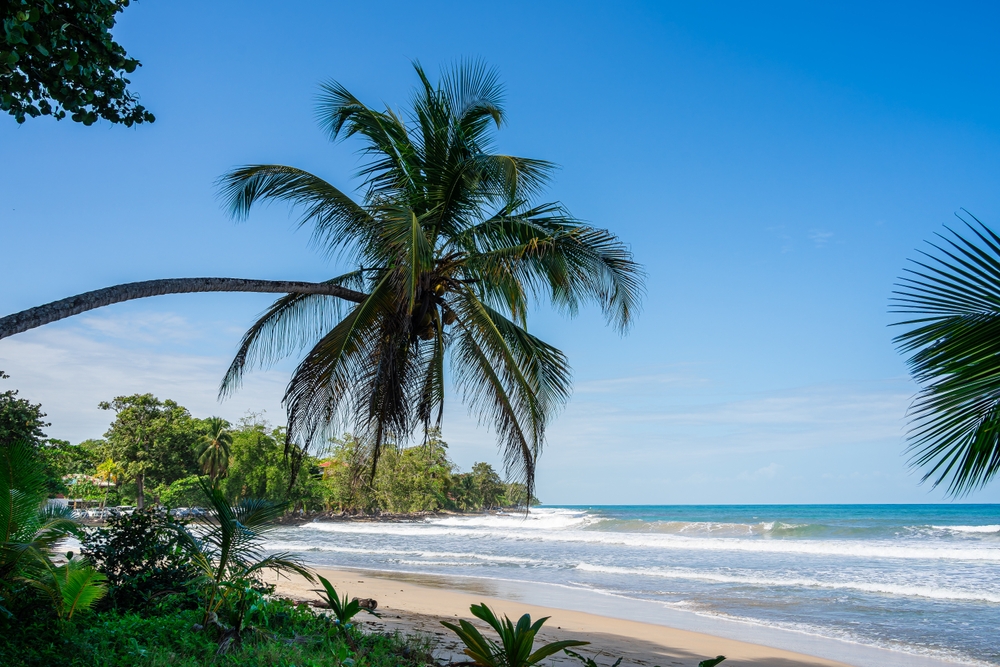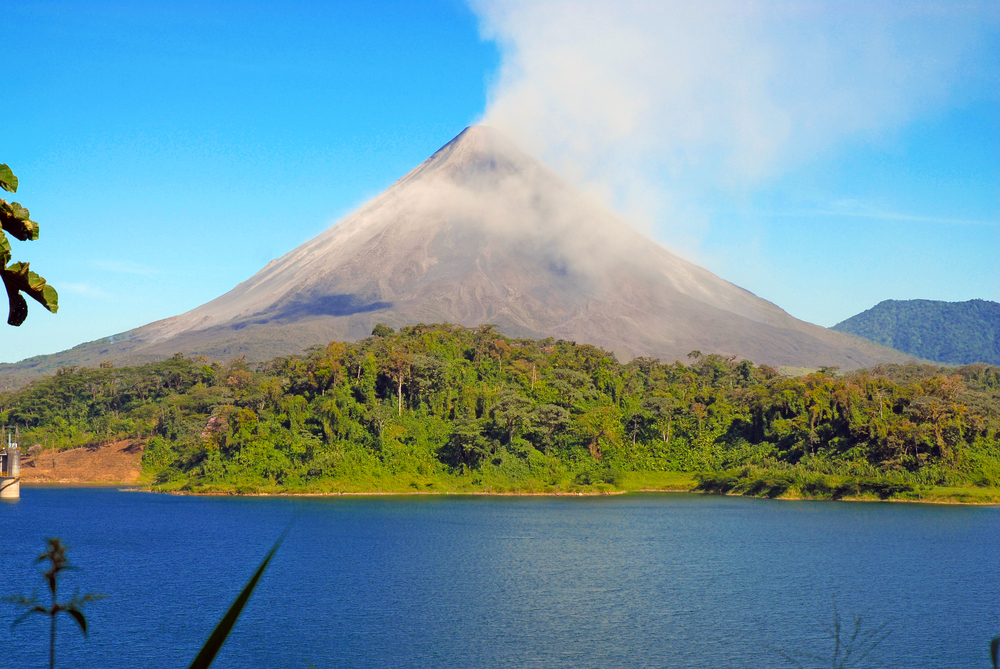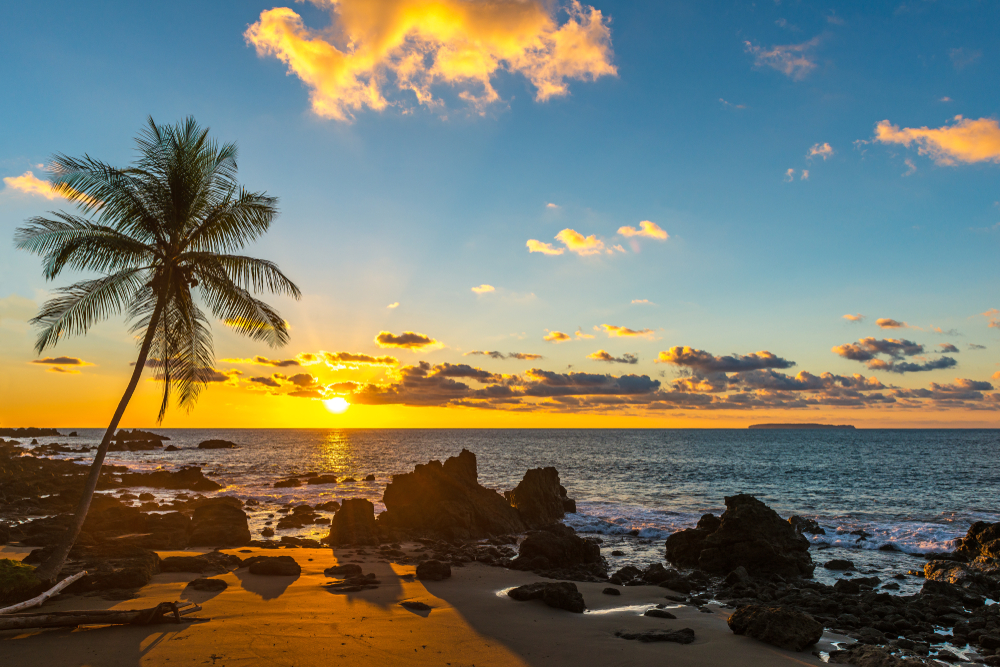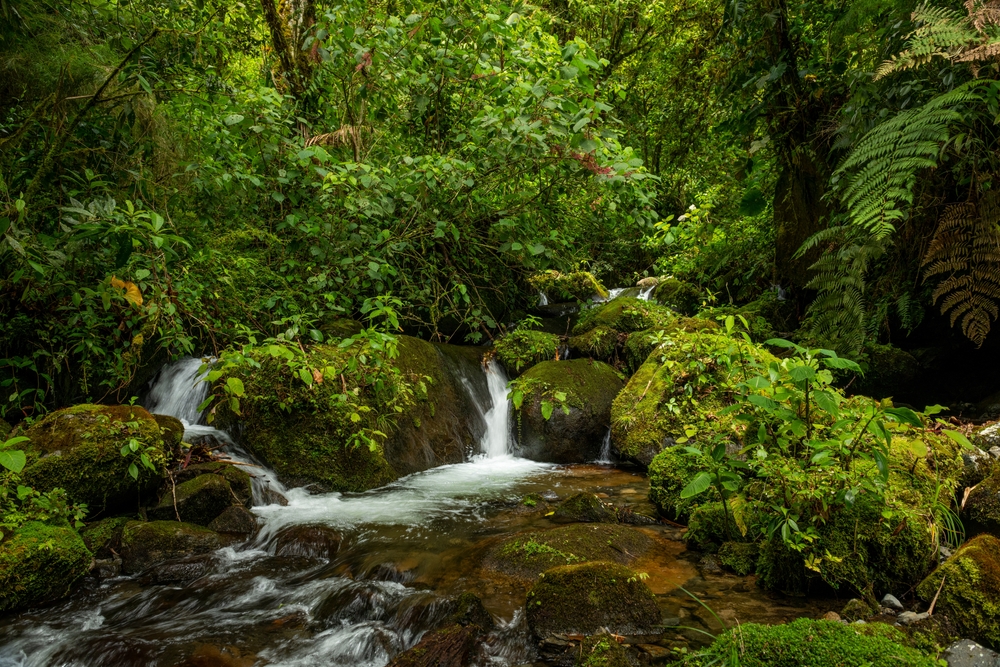Cahuita Overview
Cahuita National Park, known locally as Parque Nacional Cahuita, is a protected area on the Caribbean coast of Costa Rica in the Limón Province. The park spans approximately 9.7 square miles (25.3 square kilometers) and is renowned for its stunning combination of coral reefs, white sand beaches, and lush coastal rainforests.
Established in 1970, the park protects one of the most well-preserved coral reef systems in Costa Rica and is a vital refuge for diverse marine and terrestrial species. Located near the small town of Cahuita, the park is easily accessible and offers a unique mix of land and sea ecosystems, making it a premier destination for nature lovers and adventure seekers.
The park’s landscape is defined by its pristine coastline, featuring golden beaches and crystal-clear waters, as well as dense tropical forests that extend inland. The coral reefs just offshore are among the park’s most remarkable features, supporting a wide variety of marine life.
Inland, the terrain consists of lowland tropical rainforest interspersed with swamps, mangroves, and small rivers. Notable natural features include Punta Cahuita, a small peninsula that extends into the sea, offering breathtaking views of the Caribbean. The Cahuita River and its surrounding wetlands provide an important habitat for many species and serve as an ecological transition zone between land and sea.
Cahuita National Park is home to an incredible variety of wildlife, making it one of the best places in Costa Rica for spotting animals in their natural habitat. Among the mammals frequently seen in the park are white-faced capuchin monkeys, howler monkeys, raccoons, and sloths. The dense vegetation also supports ocelots, anteaters, and agoutis, though these animals are more elusive.
Birdwatchers are particularly drawn to the park, as it is home to a diverse avian population, including keel-billed toucans, green ibises, herons, and parrots. The park’s wetlands and mangroves attract kingfishers and other water birds, while its forests provide shelter for hummingbirds, trogons, and oropendolas. Marine life in the surrounding waters includes sea turtles, angelfish, parrotfish, stingrays, and even occasional reef sharks.
One of the most popular features of the park is its spectacular coral reef, which supports over 35 species of coral and hundreds of fish species. Snorkeling and diving allow visitors to explore this underwater wonderland, where they can witness vibrant coral formations and marine creatures up close.
Playa Blanca, one of the park’s most famous beaches, offers soft white sand and calm, inviting waters. The park’s hiking trails provide another way to experience its natural beauty, with a well-maintained coastal trail stretching from the Kelly Creek entrance to Punta Cahuita.
This scenic path winds through the rainforest, offering opportunities to spot wildlife while enjoying breathtaking ocean views. Guided tours are available for those interested in learning more about the park’s ecology and history, while kayaking along the Cahuita River provides a unique perspective on the park’s wetland ecosystems.
Cahuita National Park has faced conservation challenges, including coral reef degradation due to climate change, pollution, and human activity. However, conservation efforts have been implemented to protect its fragile ecosystems. Regulations on snorkeling and boating help minimize damage to the reefs, and ongoing monitoring programs aim to preserve biodiversity.
The park also benefits from community involvement, as local residents actively participate in conservation initiatives and sustainable tourism projects. These efforts have helped maintain the park’s rich biodiversity while promoting responsible tourism that supports both the environment and the local economy.

















































































